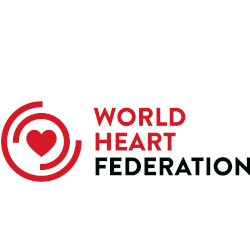Original Research
Cost-Effectiveness of Treatment and Secondary Prevention of Acute Myocardial Infarction in India: A Modeling Study
Abstract
Background: Cardiovascular diseases are the single largest cause of death in India, with acute myocardial infarction (AMI) accounting for one-third of all heart disease deaths. Although effective treatment is available for AMI, access to treatment is dictated by cost and ability to pay. With scarce treatment resources, healthcare decisions are guided by local cost-effectiveness, for which country-level data are lacking.
Objectives: We calculate the cost-effectiveness of policies that expand the use of aspirin, injection streptokinase, beta-blockers, angiotensin-converting enzyme inhibitors, and statins for the treatment and secondary prevention of AMI in India. We also estimate the cost-effectiveness of a hypothetical polypill (combining aspirin, beta blockers, angiotensin-converting enzyme inhibitors, and statins) for secondary prevention.
Methods: We conduct cost-effectiveness analyses of AMI treatment and secondary prevention for patients with previous coronary heart disease events in India. We estimate coronary heart disease events using Framingham risk scores and disease prevalence using a cohort ordinary differential model. Other parameter estimates are from the literature. Polypill treatment is assumed to cost less than the additive cost of all 4 oral medications, but it is not assumed to increase adherence. We conduct a Latin hypercube sampling sensitivity analysis on the model parameters.
Results: Increasing coverage of AMI treatment with aspirin and streptokinase would be cost-effective and could avert approximately 335,000 (191,000 to 503,000) disability-adjusted life years among 30- to 69-year-olds in India. Secondary prevention with aspirin and beta-blockers at 80% coverage (and at lower rates) would be highly cost-effective, and the addition of angiotensin-converting enzyme inhibitors would also be costeffective. Introducing the polypill dominates a strategy of a 4-drug regimen with the aforementioned drugs and statins. The cost-effectiveness ratio of 80% coverage with the polypill would be $1,690 ($1,220 to $2,410) per disability-adjusted life years averted.
Conclusions: Policies expanding both treatment and preventive therapies are cost-effective, based on gross domestic product per capita comparison. Introducing the polypill would be more effective than providing its components separately, even without accounting for the likely increase in treatment adherence.


